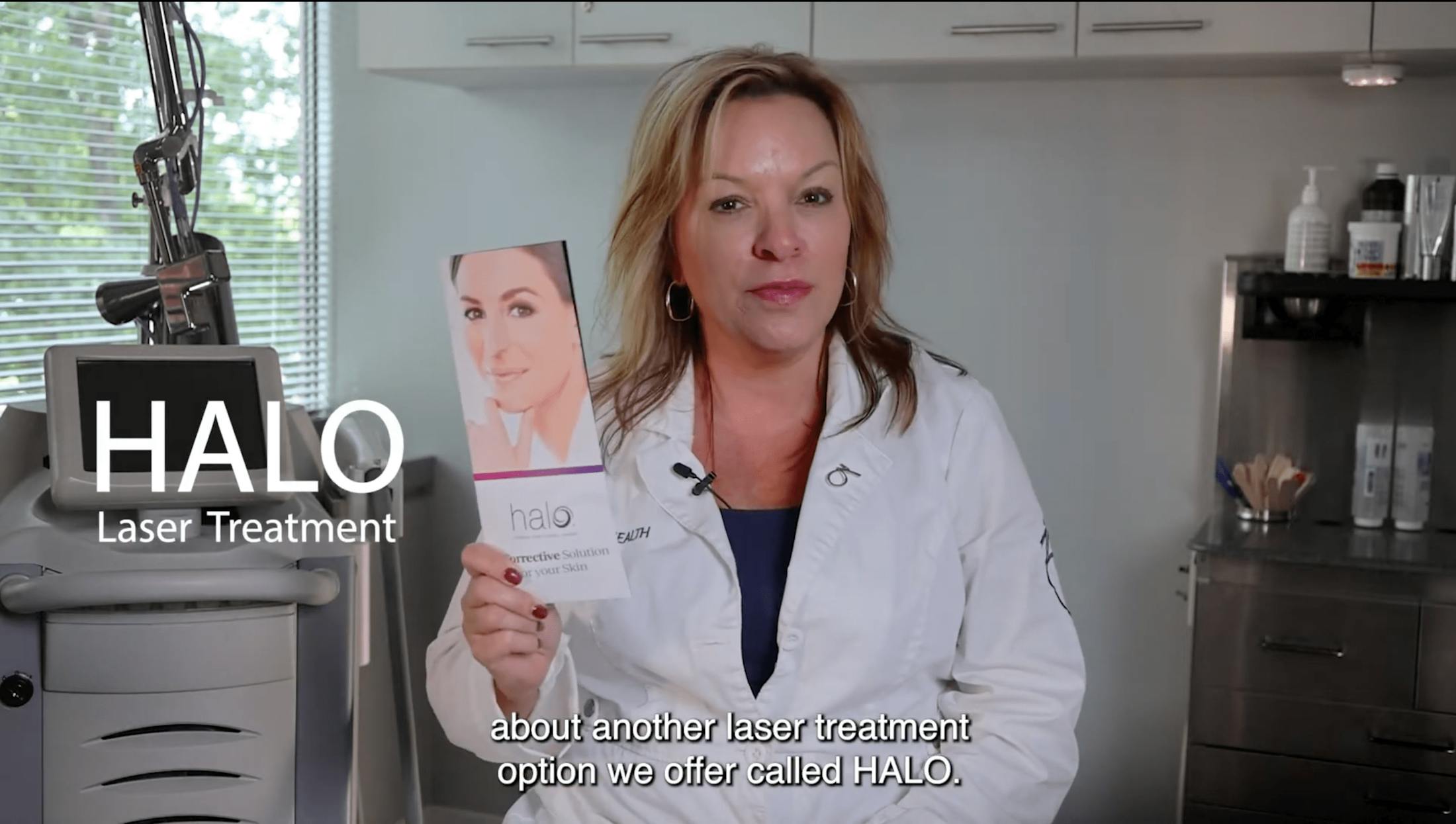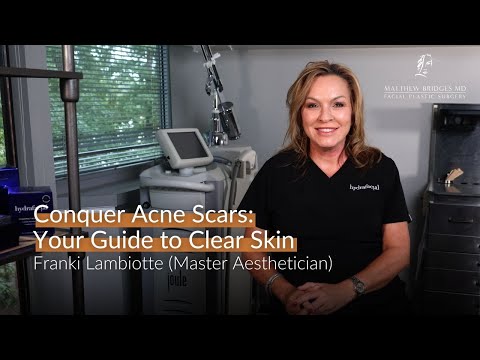HALO® laser skin resurfacing is an advanced cosmetic treatment that can cause the skin in various areas of your body to glow as brightly as a halo. At our clinic, Dr. Matthew A. Bridges, MD, FACS, personalizes each HALO treatment to target skin damage, signs of aging, and other cosmetic skin issues with absolute precision.
How it Works
The handheld HALO device is the first hybrid fractional laser with ablative and non-ablative technology. Ablative wavelengths treat the skin's top layer, and non-ablative wavelengths treat the skin's underlying layers.
The combination of ablative and non-ablative technology is a powerful weapon against damaged or flawed skin.
Just one or two treatments lasting around one hour each can lead to noticeable improvements in the health and appearance of your skin within one week.













